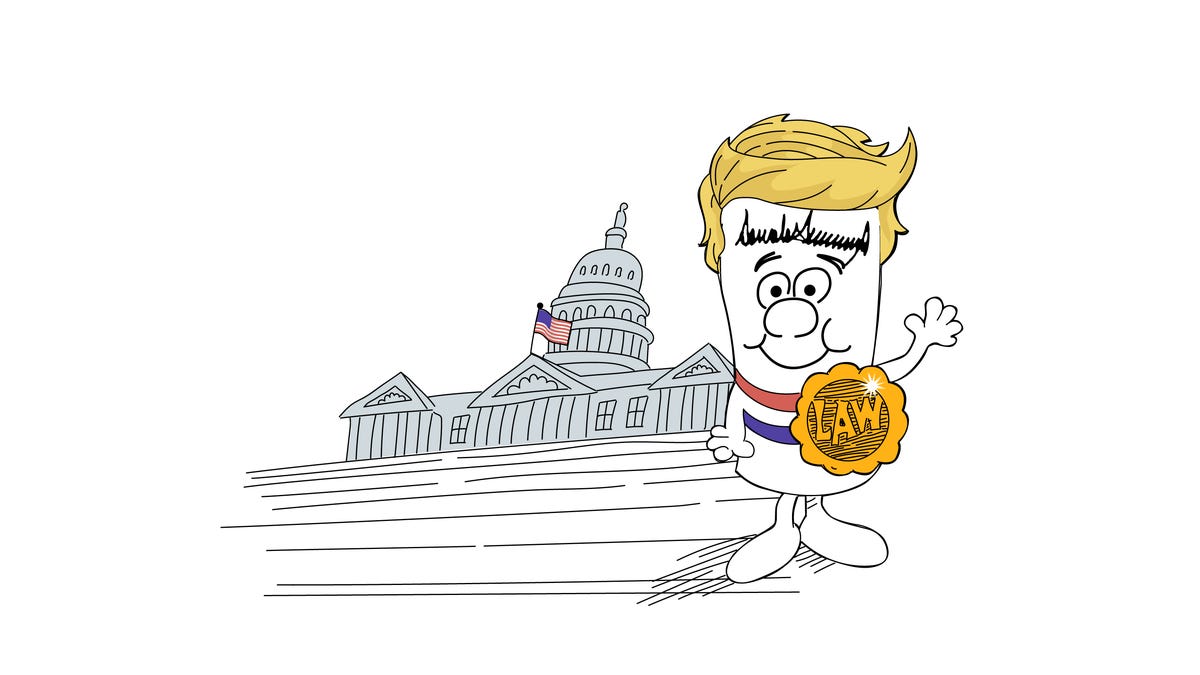In the classic Schoolhouse Rock song “I’m Just a Bill,” the bill laments the prospect of waiting with other bills, hoping to become a law. But President Donald Trump’s “Big Beautiful Bill” didn’t have to wait—it sped through Congress in recent days and landed on his desk in time for him to sign it into law by his July 4 deadline.
Amid the whirlwind on Capitol Hill, you might have missed what’s actually in this massive tax and spending law. Below we’ve collected some of the most impactful parts for your finances and daily life. The biggest among them:
◾ Extension of the 2017 tax cuts: This is the biggest item, costing about $3.7 trillion over the next 10 years, according to the non-partisan Tax Foundation. That’s money the federal government won’t collect.
◾ Cuts to health care and food programs: These proposed reductions would save about $1.3 trillion, based on a June 17 report from the Congressional Budget Office.
Skip to: OTHER TAX CUTS, BENEFITS | MORE FUNDING | LESS FUNDING
The Penn Wharton Budget Model forecasts that the lowest-income households will be left worse off because of cuts to Medicare and SNAP, formerly known as food stamps. Those Americans could lose $27,500 over a lifetime, while the highest-income households would gain more than $65,000. How people at every income level will fare:
Unable to view our graphics? Click here to see them.
In addition to extending the tax cuts from the 2017 tax bill, Americans who live in high-tax states such as California, New York and New Jersey will get a bigger income tax deduction for state and local taxes, known as SALT. That tax break will last only through 2028.
In one of the most talked-about provisions and one of Trump’s 2024 campaign promises, tips and overtime wages will no longer be taxed − sort of. The final version of the bill set limits on both. Some of the other tax reductions you can expect:
How big is the bill for the tax bill?
Depending on whom you ask on Capitol Hill, the cost of the bill could be as little as $440 billion, while other, more conventional estimates put the cost at nearly 10 times higher.
As Senate Republicans pushed toward passage, they requested that the Joint Committee on Taxation omit the 2017 tax cuts in a new estimate. Without those portions, the bill’s total cost falls to $441 billion. Senate Republicans argue that because the bill extends current tax law, those cuts shouldn’t be counted. More traditional methods have pegged the cost around $2.7 trillion to $3.3 trillion.
Contributing: Reuters










